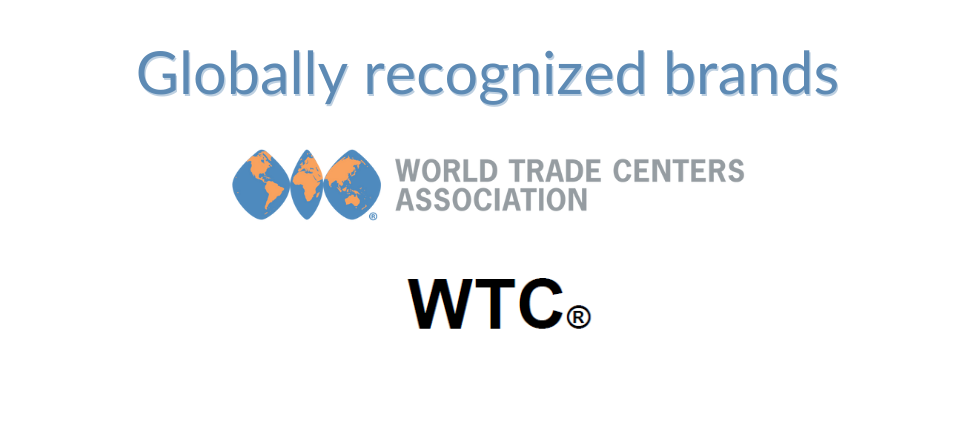

WTC Saskatoon welcomes investment from BHP

Potash is a common name for a group of minerals and chemicals containing potassium. It is a basic nutrient for plants and controls the rate of photosynthesis enabling the movement of nutrients and carbohydrates in plants. Potassium deficiency in plants affects plant growth, root, seed, and fruit development.
With ever-growing demands in the food supply and challenges to food security, one can see why potassium matters now and in the future. The province of Saskatchewan (Canada) is home to 50% of the world's reserves of potash and at the current extraction rates, there are roughly 1200 years of potash remaining (give or take a few hundred years). It has been proven location matters and some 400 million years ago this location was a dried-up inland ocean that evaporated – today it helps feed the planet.
It would make sense then that BHP (the largest mining company in the world) launched the largest investment they have ever made to develop the world's largest potash company in the world in Saskatchewan. The $18.8B mine will produce 8.5 million tonnes per year, it will employ 5,500 people and production will begin in 2026. The mine is also designed to generate 50% less emissions and 60% less water compared to other potash mines in the world.
World Trade Center Saskatoon is based in a smaller Canadian city and when it comes to trade, it punches way above its weight – it is also home to many companies in addition to BHP is also including: Nutrien (the world's largest crop input supplier), K+S (a giant in the German fertilizer market), Mosaic (close by in Regina) as well as several others.
As a consumer (regardless of where you live) you are very likely to have benefited from this product. When I think about the World Trade Center Association and its primary objectives, I can not help but think about my region and its contributions to potash/potassium and the hundreds of millions that depend on it.
Connecting Businesses, Globally.
